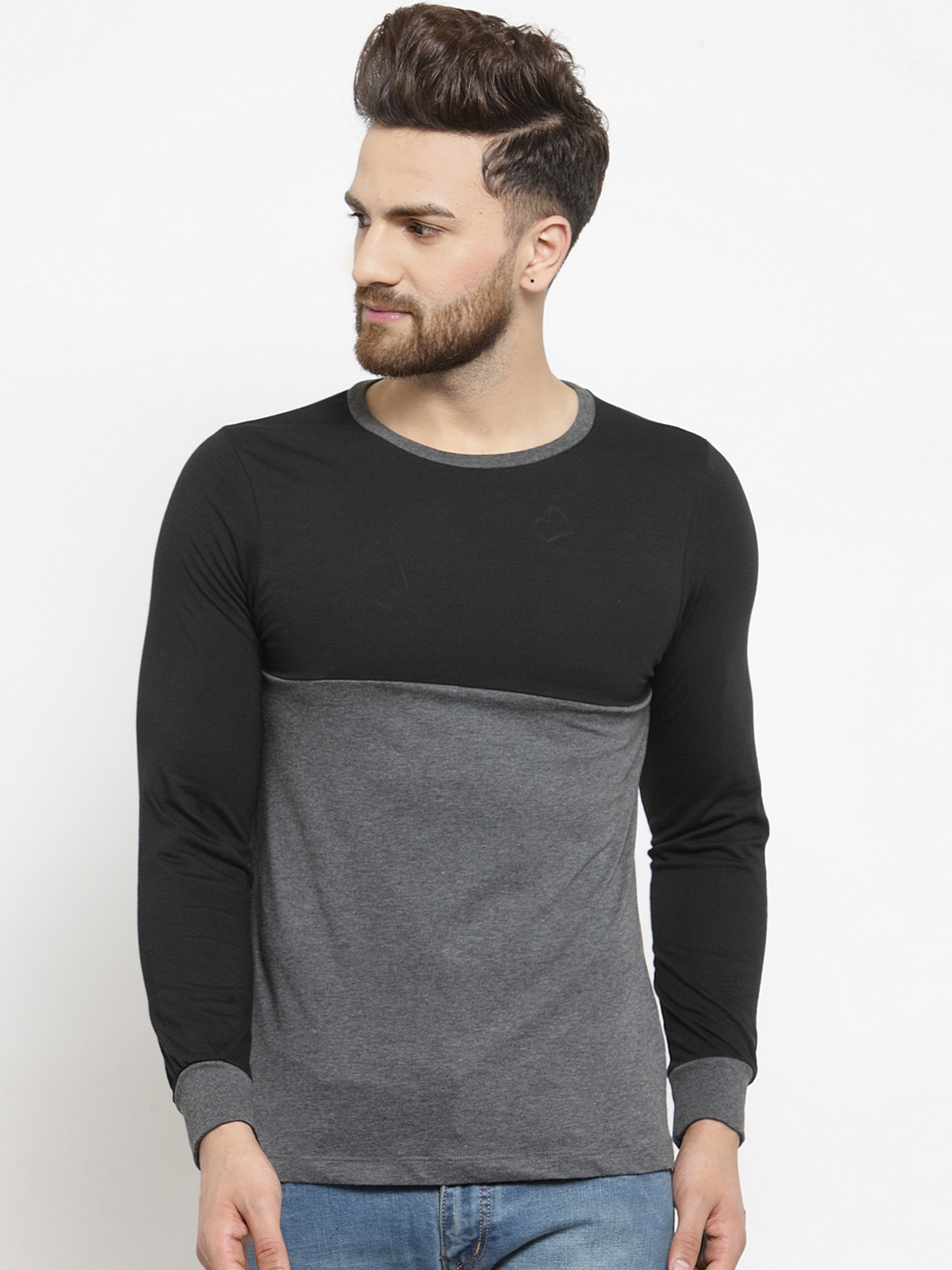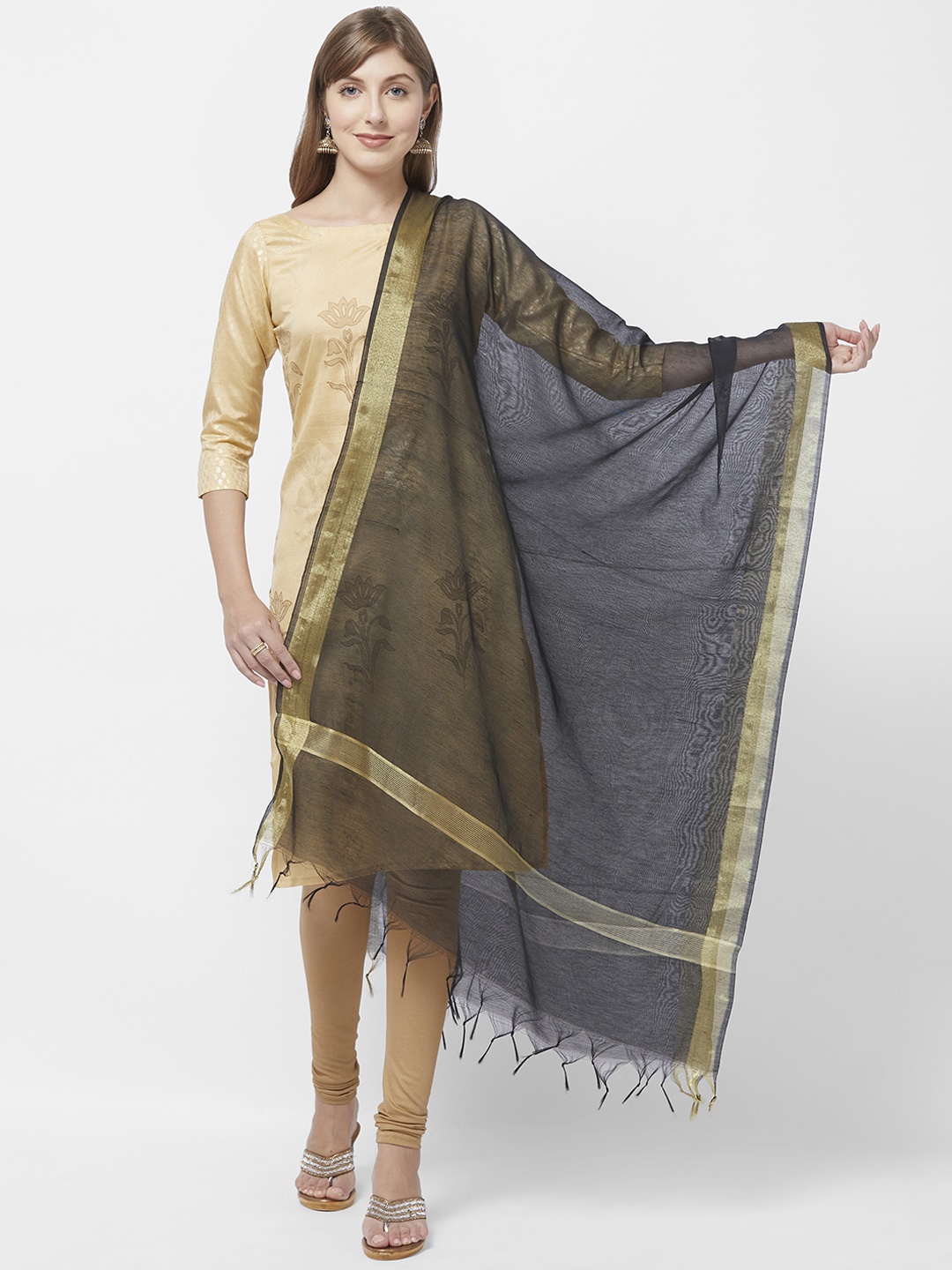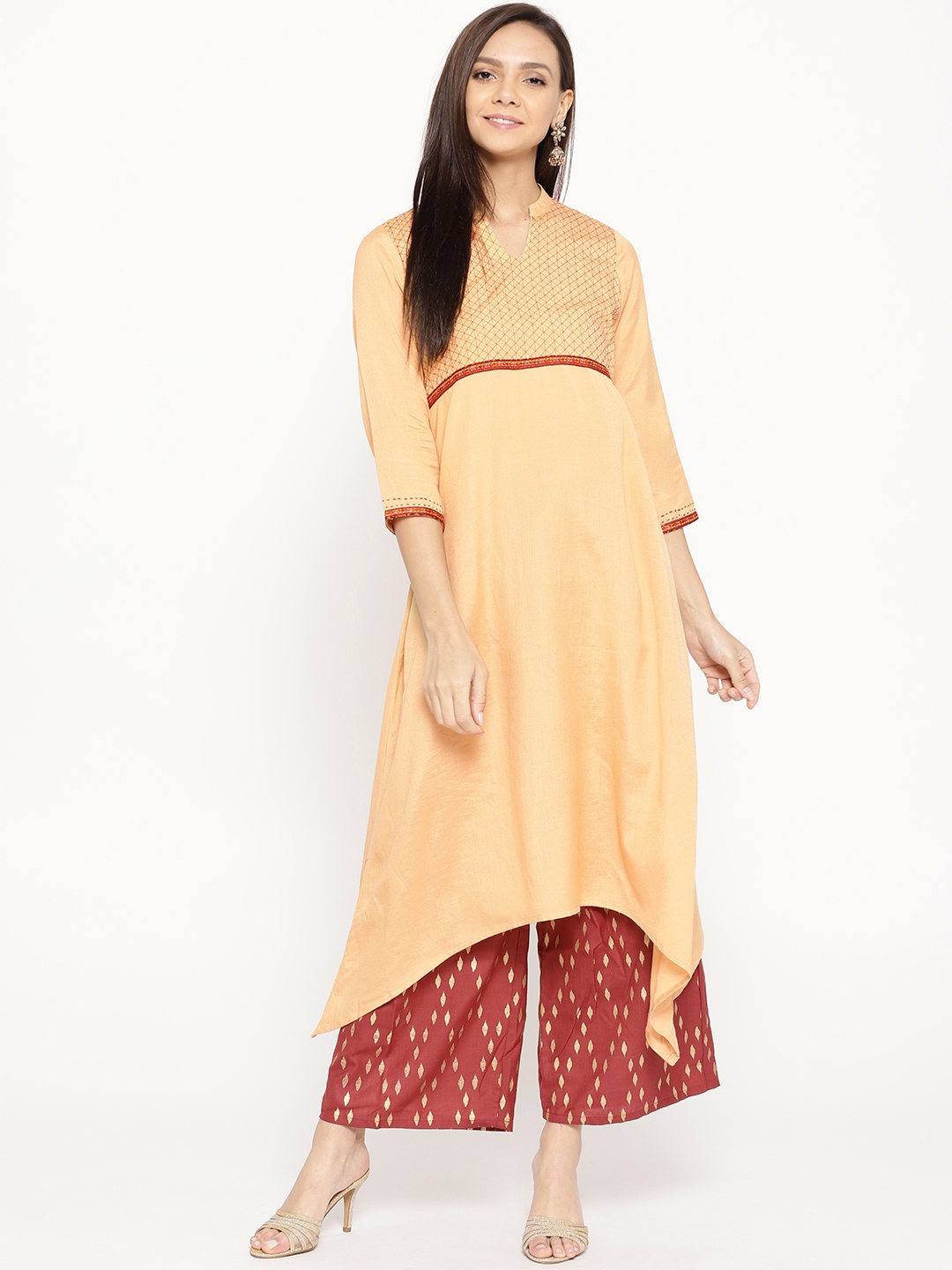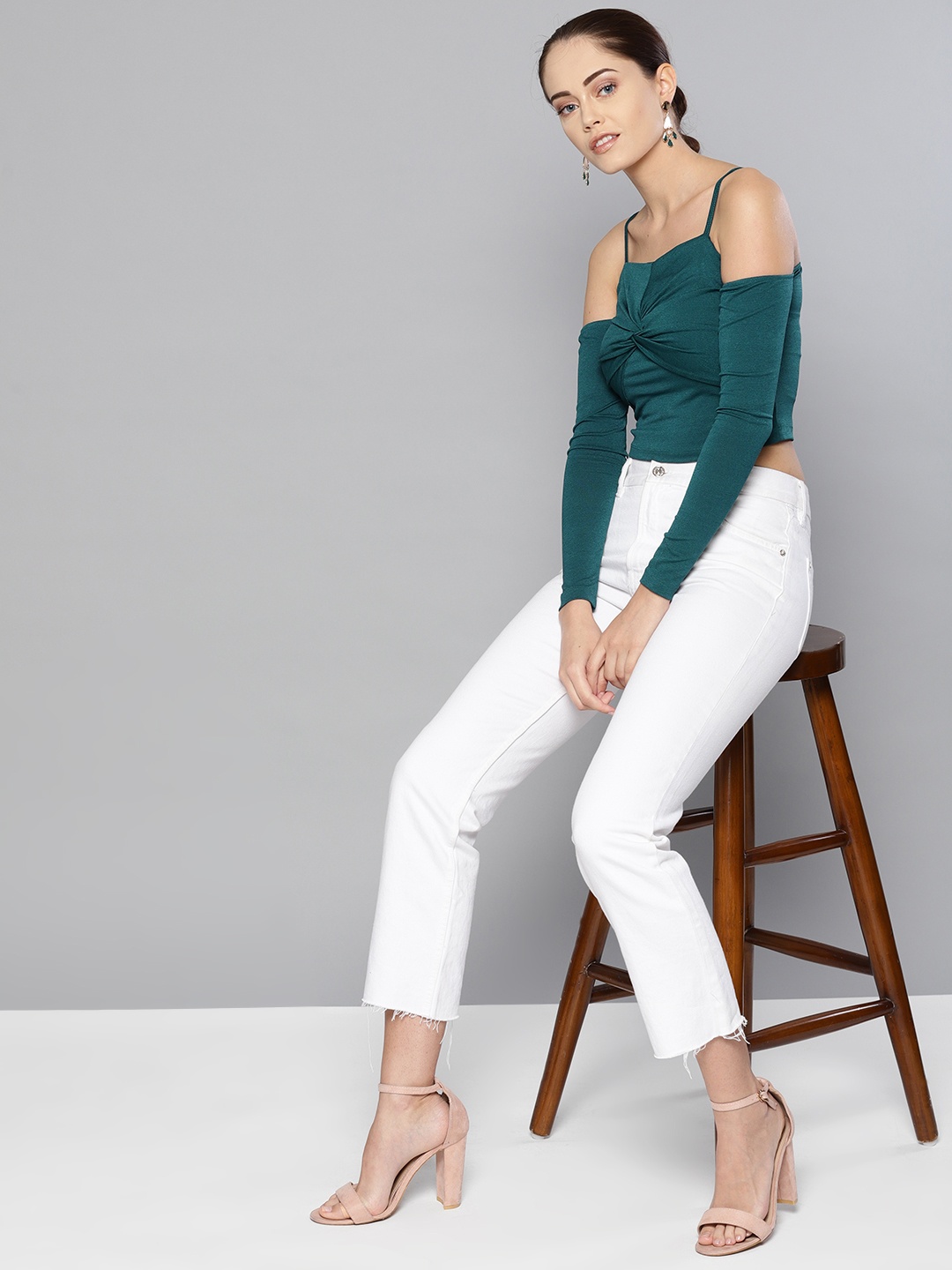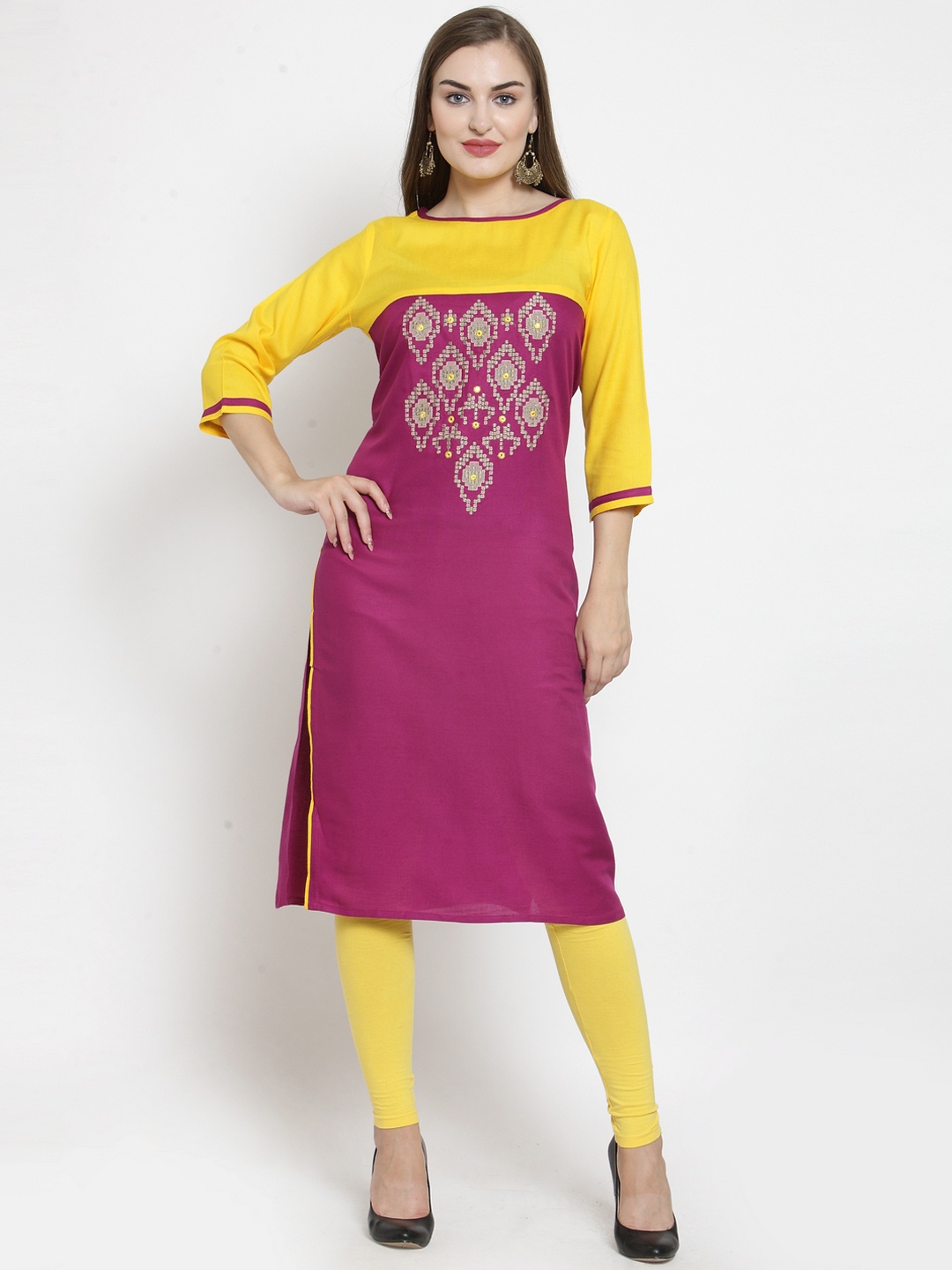How To Stop Skirts From Riding Up: Top 10 Fabrics, Linings And Anti-Static Tricks
A skirt that will not stay in place can turn a confident strut into a cautious shuffle. The secret lies not in endless tugging but in clever fabrics and a few anti-static hacks. This is a guide to keep skirts comfortable and firmly where they belong. Here is how to keep your skirts from riding up with these top 10 tricks.

Top 10 Fabrics, Linings, And Hacks That Will Keep Your Skirt From Riding Up.
Every skirt tells a story. Some float around like a breeze on a summer evening, while others cling and creep with every step, threatening to ruin the moment. It happens in offices, during weddings, on the metro, even while running errands. Few things test patience more than a hem that insists on inching upwards.
The good news? This wardrobe nuisance isn't a lost battle. With the right fabrics, neat tailoring choices, a dash of science and a few everyday tricks, skirts can behave beautifully. Think of it as combining a little grandma's wisdom with a splash of modern ingenuity.
Let's walk through simple, practical ways to stop skirts from riding up. No more awkward tugging or silent prayers mid-commute. Here is how to keep your skirts from riding up with these top 10 tricks.

The Best Fabrics And Anti-Static Tricks To Stop Skirts From Riding Up; Photo Credit: Pexels
1. Choose Natural Fabrics That Breathe
The fabric makes or breaks the comfort of a skirt. Natural fibres like cotton, linen and silk have an easy drape and rarely cling to the skin. Unlike synthetics that often trap heat, these fabrics allow air to circulate, keeping things cool in sticky weather. When a fabric breathes, it resists static, reducing that frustrating tendency to climb with each step.
Picture a cotton A-line skirt on a humid July afternoon. It flows without fuss, compared to a polyester pencil skirt that sticks tighter than double-sided tape. Natural fibres also age gracefully; after several washes, they soften instead of stiffening, which adds to the effortless fall.
Of course, budget matters too. Cotton skirts start as low as ₹600 in local markets, making them easy on the wallet. For something fancier, khadi or handwoven silk may cost more, but its charm and comfort last for years.
2. Add A Smooth Lining
Linings aren't just for formality; they're quiet heroes of skirt comfort. A soft inner layer helps fabric glide instead of grabbing onto the skin. It also prevents silhouettes from showing when sunlight hits lighter materials.
Tailors often recommend satin, crepe or lightweight cotton as linings. Satin is particularly effective because of its glossy finish. Imagine walking briskly for a meeting: instead of the skirt bunching at the thighs, the lining allows it to fall back into place smoothly.
Adding a lining isn't an extravagant affair. Most neighbourhood tailors can stitch one in for ₹200–₹400, depending on length. It's worth the small investment, especially for skirts worn often at work or social gatherings. Plus, a lining extends the skirt's life by reducing wear and tear on the outer fabric.
Also Read: From Mini Skirts To Cargo Pants: Guru Randhawa's Music Videos Have Become Gen Zs Fashion Playground
3. Say No To Static With Clever Hacks
Static electricity may sound like a school science chapter, but it plays havoc with clothing. When synthetic skirts rub against stockings or even the skin, they build a charge, causing the fabric to cling and creep upward.
One easy trick is to rub a metal hanger or a coin along the inside of the skirt before wearing it. The metal discharges the static instantly. Another hack involves moisturising the legs with a light lotion; hydrated skin generates less static, making skirts less clingy.
For those who love quick fixes, anti-static sprays are available in many supermarkets. A bottle costs around ₹250 and works like magic before stepping out for a big day. A few spritzes, and the fabric settles down as if it has learnt some manners.
4. Opt For Heavier Weaves
Weight matters more than many realise. Heavier fabrics like denim, corduroy or brocade naturally resist movement. They drape firmly and don't dance around with every gust of wind. That's why traditional festive skirts, often made from heavy silks or jacquards, rarely misbehave.
A heavier weave doesn't mean discomfort. A knee-length denim skirt, for instance, stays put during a metro ride while still feeling casual and chic. Similarly, a cotton twill wrap skirt works well for office days, structured yet breathable.
Of course, heavier fabrics may not suit scorching afternoons. But for cooler months or indoor events, they prove reliable. Spending ₹1,200–₹2,000 on a sturdy piece means one less wardrobe worry and more time to enjoy the day without fidgeting.
5. Consider The Cut And Fit
Even the best fabric misbehaves if the cut is off. A too-tight skirt rides up the minute you walk, while a poorly tailored hem curls at the edges. On the other hand, a well-fitted A-line or flared skirt allows movement without pulling upwards.
Wrap skirts, though stylish, often need extra fastening to prevent awkward slips. Pencil skirts work beautifully when tailored to the exact hip and waist measurements, with a small slit at the back or side for ease of movement.
A little tailoring wisdom goes a long way. When buying readymade skirts, it's worth setting aside an extra ₹200–₹300 for alterations. That tiny adjustment can transform a fussy piece into a dependable wardrobe staple.
6. Use Undershorts Or Slips
Sometimes the simplest solutions are old-fashioned. Slips and undershorts have been keeping skirts in check for decades. A lightweight cotton slip adds modesty and creates a buffer between the skin and the outer fabric.
Cycling shorts, in particular, are a modern twist that works wonders. Soft, stretchy and invisible under most skirts, they prevent chafing during long hours outdoors while stopping fabric from riding up. On a crowded local bus, they're a quiet reassurance that nothing will shift embarrassingly.
Good quality undershorts cost ₹300–₹500 and last for years. Many brands now make them in nude shades, so they blend seamlessly under lighter skirts. It's the kind of practical detail that makes a big difference in everyday comfort.
7. Stitch A Hidden Weight
This is an old tailoring trick worth rediscovering. Adding tiny weights to the hem keeps a skirt grounded. Traditionally, dressmakers used lead beads or coins stitched discreetly into the lining. These days, tailors use small metal discs or even chain links.
A slightly weighted hem helps in breezy outdoor functions or open-air weddings, where lighter skirts often flutter uncontrollably. Imagine a chiffon skirt on a terrace party, without weights, it may misbehave with every gust. With weights, it flows gracefully, barely moving out of place.
The cost is negligible, often less than ₹100 for the extra stitching. It's a detail most won't notice, yet it transforms how the skirt behaves in real life.

Skirt Riding Up While Walking? 10 Easy Tricks to Keep It in Place; Photo Credit: Pexels
8. Iron And Care The Right Way
Sometimes the issue isn't the skirt but how it's maintained. Wrinkled fabric has uneven tension, which causes it to fold and ride up awkwardly. Pressing skirts with the correct heat setting keeps fibres relaxed and draping naturally.
For synthetics, always use a low heat with a thin cotton cloth as a buffer. Cotton skirts benefit from a slightly hotter iron, while silks need a gentle touch or steam. Washing with too much fabric conditioner can also worsen static. A small spoonful is enough; more only makes fibres clingier.
Investing in a steam iron for around ₹2,000 might feel indulgent, but it pays off in polished clothes that behave beautifully. Care is often underrated, yet it's the easiest way to stop a skirt from turning troublesome.
9. Style With Layers
Layering isn't only about fashion, it's practical too. Pairing skirts with tights, leggings or stockings helps prevent them from creeping upwards. The second layer creates friction, anchoring the skirt in place.
In cooler months, opaque tights add warmth as well as stability. For warmer weather, sheer stockings do the trick without making things sweaty. Many local shops offer affordable options starting at ₹150, proving style and practicality don't need to clash.
A layered look can also be playful. A flowing kurta over a slim skirt or a long jacket paired with a mini gives added assurance. Layers bring creativity into the outfit while quietly solving the problem of riding fabric.
10. Embrace Modern Fabrics With Stretch
Not all synthetics are villains. Modern blends with elastane or spandex allow flexibility without clinging uncomfortably. A skirt with 2–5% stretch hugs the body but returns to shape instead of inching upwards with movement.
Think of a bodycon skirt with stretch versus one made entirely of polyester. The first adapts to walking, sitting, even climbing stairs, while the second demands constant adjustment. That little bit of stretch is the difference between confidence and fidgeting.
Prices vary, but high-street brands often offer blended skirts around ₹1,500. While pricier than pure cotton, they provide versatility and a polished look for both work and evenings out. Sometimes modern technology really does come to the rescue of age-old wardrobe struggles.
Products Related To This Article
1. Khalak Women Self Design Pleated Pink Skirt
2. ZWERLON Women Solid Flared Light Green Skirt
3. KOTTY Women Solid Pencil Blue Skirt
4. ALYNE Women Solid Pencil Black Skirt
5. CichCiffon Women Solid A-line Gold, White Skirt
Skirts are meant to be worn with joy, not anxiety. With thoughtful fabric choices, linings, careful cuts and a sprinkle of clever tricks, skirts can move gracefully through any setting, whether it's a busy commute, a family wedding or a breezy terrace party.
The key lies in preparation: knowing which fabrics behave best, when to add a lining, or how to outsmart static. Small investments, be it a ₹250 spray, a ₹400 lining, or a quick visit to the tailor, translate into everyday confidence.
Instead of tugging at hems, one can walk assured, knowing the outfit will stay elegant from morning to night. After all, clothes aren't just about covering the body; they're about carrying oneself with ease. And a skirt that stays in place does just that, quietly, reliably and beautifully. Shop now on Flipkart.
Disclaimer: The images used in this article are for illustration purpose only. They may not be an exact representation of the products, categories and brands listed in this article.








